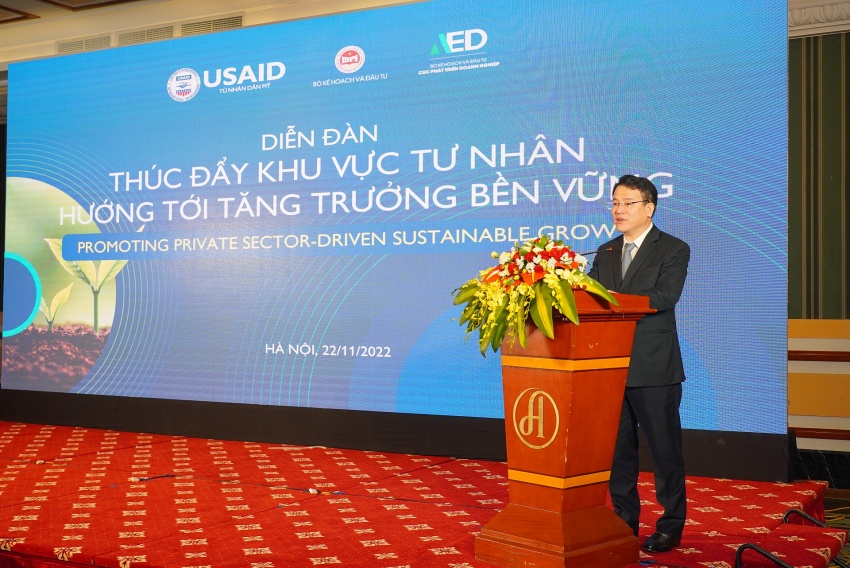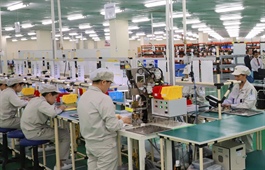Households in a better financial position, but external risks remain
Households in a better financial position, but external risks remain
Viet Nam's economy has rebounded strongly from the last quarter of 2021 with retail spending growth of 15 per cent annually, indicating that households are in a better financial position, according to Ramla Khalidi, Resident Representative of UNDP in Viet Nam.

Khalidi was speaking at the Vietnam Economic Pulse Forum on November 22.
The representative said risks to economic recovery were exclusively external. The Russia-Ukraine conflict, the economic slowdown in China, the rising of international interest rates, the strengthening of the dollar and the growing risk of recession in Europe would affect demand for Vietnamese exports and increase the risk of macroeconomic instability.
"Policymakers will need to remain vigilant and adjust fiscal and monetary policies in a timely manner as global conditions evolve," said Khalidi.
Francois Painchaud, IMF Resident Representative for Viet Nam and Laos, said tentative signs of slowdown and inflation in Viet Nam had been picking up recently. The Vietnamese dong was coming under depreciation pressure and interest rates are increasing.
"Market interest rates are rising rapidly, reflecting the increase in State Bank of Vietnam's rates to contain inflation and support the Vietnamese dong," said Painchaud.
The representative said IMF had revised Viet Nam's growth in 2022 to around 7.0 and 7.5 per cent, making Viet Nam one of the best-performing countries in the region.
However, given the slowdown in external demand and tightening global financial conditions, the country was forecast to reach a lower growth rate of 5.8 per cent in 2023. Inflation was projected to edge up before gradually returning to 4.0 per cent in the short term.
Tran Toan Thang, Director of Industry and Enterprise Economic Forecasting Department, National Centre for Socio-economic Information and Forecast, said Viet Nam's economic growth would hit roughly 8 per cent in Q4, fueled by manufacturing and service sectors.
"Manufacturing sector is one of the driving forces behind economic growth, contributing 2.5 percentage points to the growth rate," said Thang.
The director has two economic scenarios for the country in 2023.
Under the best-case scenario, unfavorable global conditions would have little impact on the economy, allowing Viet Nam to reach a growth rate of between 6.5 to 6.7 per cent.
Under the other scenario, recovery would be overshadowed by rising global risks. Economic growth is projected to fall between 6.0 to 6.2 per cent.
Inflation, meanwhile, was forecast to top 4.0 per cent in 2023 before going down to 3.3 per cent in 2024 on grounds of oil price spillover.
Nguyen Quang Thuan, CEO of FinnGroup, underlined five key risks to the economy, which are social unrest, bond defaults, corporate debt liquidity crunch, foreign capital flight, and growth target undershooting.
He said the second risk was high, caused by the overrepresentation of private bondholders in the bond market, weak financial transparency and bond miss-selling by intermediary institutions.
Jonathan Pincus, UNDP Senior International Economist, said Viet Nam was a strong performer in terms of both economic growth and exports. As economic growth and exports were closely related, the latter should be top of mind for the country.
"The best way to access foreign exchange is through the growth of exports because it does not impose liability on the economy like borrowing does," said Pincus.



















